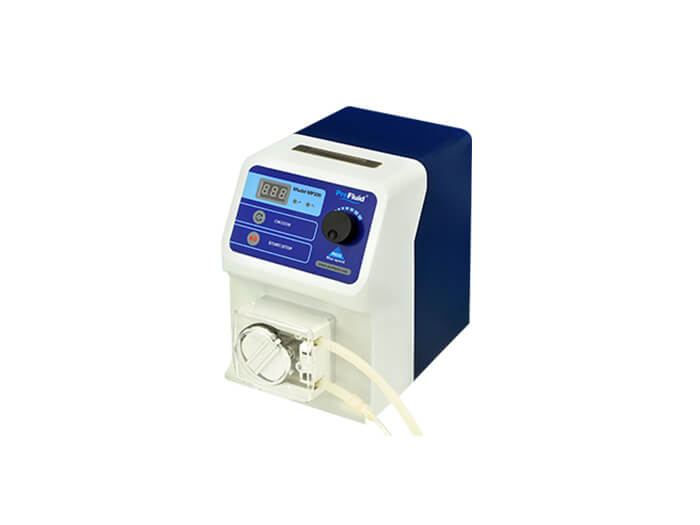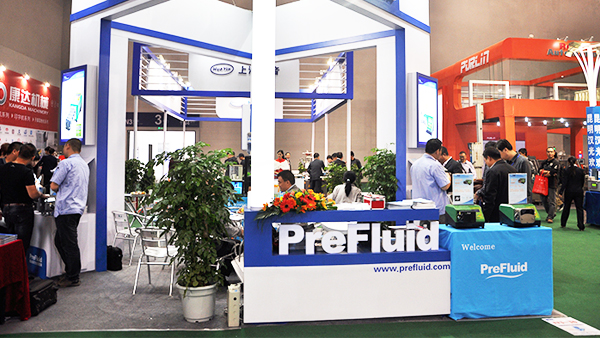In some industries, peristaltic pumps are often used when fluid transfer equipment is used. The pumps consist of three parts: the drive. Pump head and hose. The liquid is transmitted through a hose and can be retrograde. Dry operation and maintenance costs are low, which is why it is so popular. Although pumps are easy to use, many customers do not know how to improve their pump efficiency. The following PreFliuid will be explained to you:
1. The pump relies on the compression hose for fluid. Transfer. When the pump does not work, the press block can be loosened, so that the hose is in a natural state of non-compression, thus extending the service life.
2. When selecting pump parameters, the theoretical flow is greater than the actual flow, generally greater than 30%. Because the pump tube is soft, the negative pressure and discharge pressure are small. If the conveying liquid has a certain viscosity or the pipe has a certain length, part of the actual flow rate. Therefore, the theoretical flow is slightly higher than the actual flow in order to achieve the desired flow.
3.
Peristaltic pump hose is divided into imported hose and domestic hose. Because the pump head hose damage is higher, need to have good compression elasticity and tear resistance, can use a special hose, save hose replacement time, increase the pump working time.
4. When using the equipment, please pay attention to clean the sundries on the pump body and hose. Since the peristaltic pump is a precision instrument, it mainly relies on the press roll to squeeze the hose. If the incoming liquid sticks to the press roll and press block due to hose damage, it will change the compression clearance of the pump head. Even if the change is small, the hose can be damaged prematurely, affecting the use of the pump.
5. Pump speed can be reduced to less than 300 RPM under the premise of satisfying flow rate. The pump flow rate is determined by the speed of the pump wheel. If the rotation is too fast, the hose loss will increase. Therefore, you can choose a pump with a larger diameter to reduce the pump speed.
6. The pipe inlet shall be as short as possible, and the joint and diameter of the pipe shall not be lower than the diameter of the stuck pipe installed in the pump head. The suction of the pump is caused by the rebound of the pump pipe. If the pipe, especially the inlet pipe is too long or small in diameter, the suction end resistance is too large, and the resistance is too large to block the rebound of the pump pipe, resulting in the actual flow loss. Similarly, if the outlet pipe diameter is small or the pipe is too long, because the discharge pressure of the pump is generally small, when the discharge resistance is too large, the exported flow rate will be reduced.
7. When using the pump, the hose should be checked regularly for damage. As the hose is wearing parts, once damaged will lead to liquid leakage. Therefore, it is necessary to check regularly.
8. When choosing peristaltic pump, pay attention to whether the liquid transported will corrod the peristaltic pump hose. Because of the wide variety of liquids to be delivered, no single hose can handle every single liquid, so you need to determine your liquid type and consult a Pryor fluid technician to make your choice.
The above are some ways to improve the efficiency of peristaltic pump. If you need technical support, you can contact the technical staff of PreFliuid


